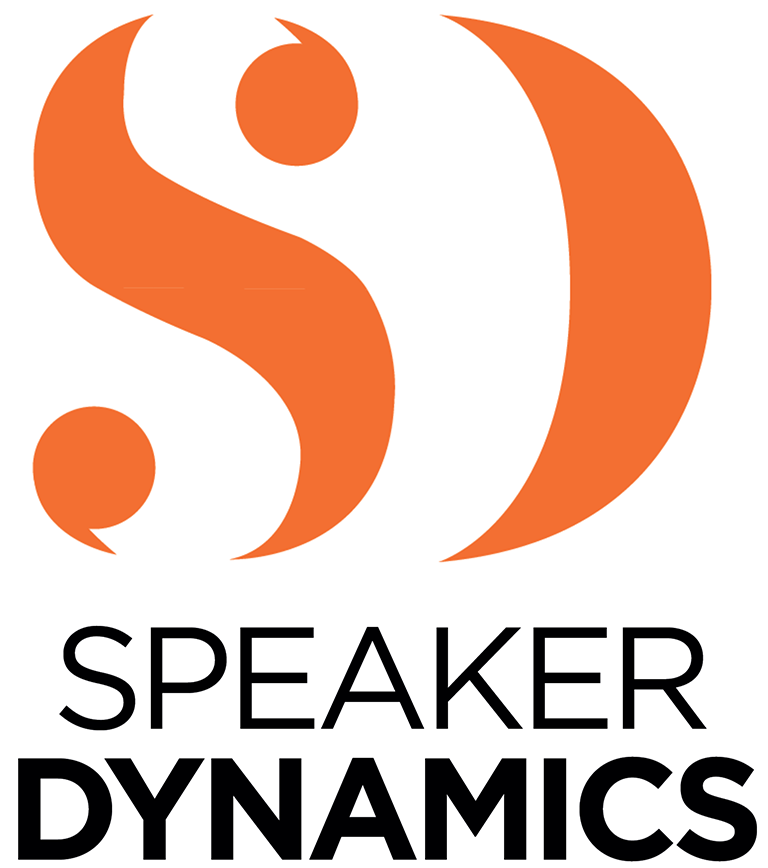We’re all guilty of becoming distracted at some point or another while participating in a video conference call. From pets walking across the keyboard, to staring at our own appearance on-camera, even working on other assignments while others are talking; it truly takes a lot of discipline to pay full attention on a video call.
We have some tips and tricks you can use the next time you find yourself presenting information to an audience while on-camera that will help to keep them engaged and interested in what you have to say.
One of the first strategies we recommend to our clients at Speaker Dynamics is to always set expectations at the beginning of the meeting. Introduce yourself for anyone who might not be familiar, thank your audience for joining, and then proceed with the high-level talking points you’ll be covering throughout the video call. This way, your audience knows from the very beginning what will be discussed. Some parts may be more important to them than others, but this way they will be more likely to engage and give their full attention when those subjects are brought up. Setting the stage before you officially begin also comes across as professional and organized, which almost anyone will appreciate!
Another tip for keeping your audience engaged is to take the time to build rapport with them. There are many ways to do this, but a good place to start is with your own body language. Remember to smile and assume a relaxed but professional demeanor, just as you would if you were having a one-on-one conversation with someone in person. When speaking through a camera, authenticity is what resonates, so consider sharing some personal stories or anecdotes that make you more relatable. Stories also put your content into a lifelike framework and make it more memorable. They will also be more likely to share their own personal stories, which leads us to our next tip—always give your audience room to ask questions along the way, or at least, the end of your presentation. If you wait until the end, though, remember to set that expectation upfront that you will be engaging in Q&A at the end. That way, those tuning in can jot down their thoughts along the way.
In our Speaker Dynamics University course, Tools of Engagement, we cover more ways to better engage with your audience, including suggested tools you can use to facilitate dynamic meetings. If you’re interested in learning more, check out an introductory video along with a brief overview of the course by clicking here.

